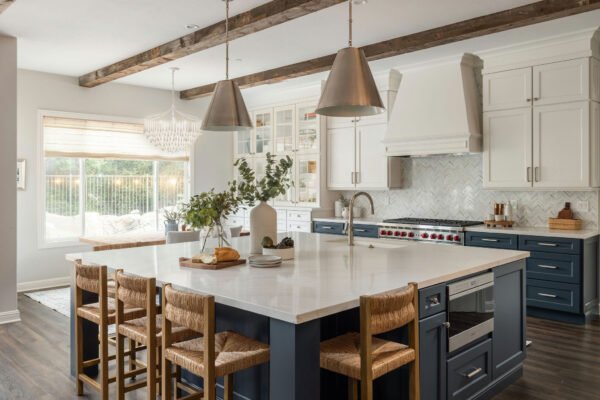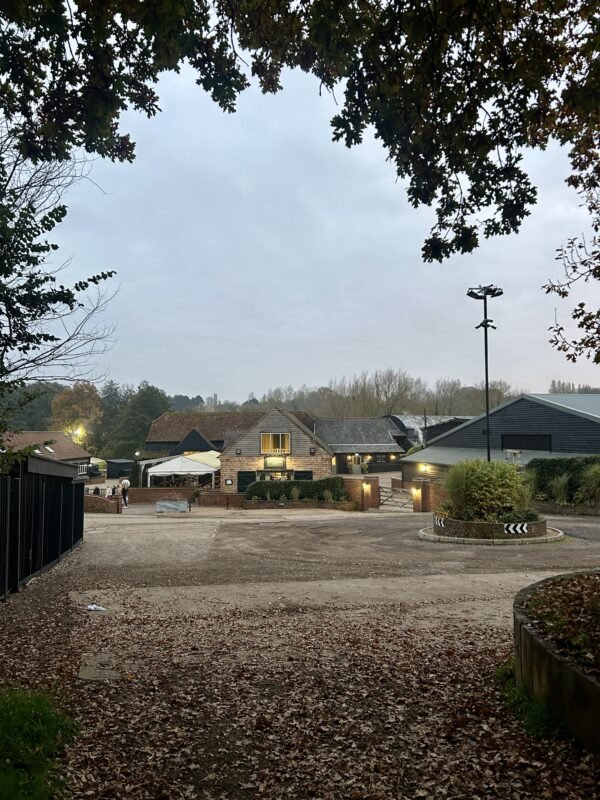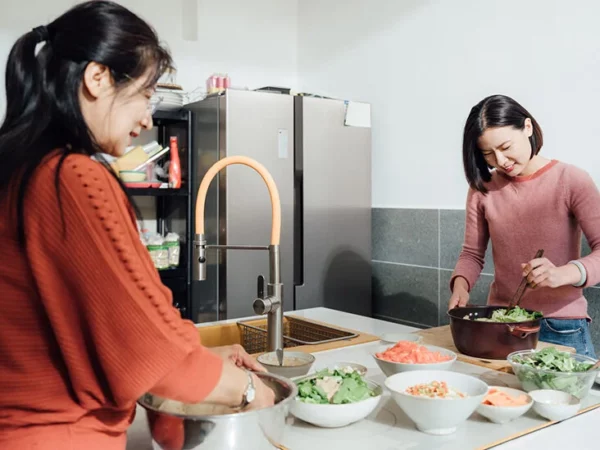
How to Do a Self-Check: Are There Any Areas That People Often Miss?

Breast cancer is the most common type of cancer in the UK. Many breast cancers are still found by women themselves. For this reason, it’s vital that women self-check regularly to be familiar with their breasts. Self-breast examination should be carried out monthly, ideally at the end of your period when the breast is not swollen. If you are pregnant, your periods are irregular or you no longer have periods, you can choose a specific day each month that is easy to remember.
The examination, which takes a couple of minutes for each breast, can be carried out lying on the back first. Your breasts should lie as flat on your chest as possible. It may be easier and more comfortable if you put a pillow behind your shoulder or back. If you start with the right breast, put your right arm behind your head. Then, move the pads of your left fingers, keeping them flat and together, around your right breast gently in a small circle from the outside to the center, checking the whole breast and armpit area. With each little circle, change the amount of pressure from light to medium to deep to assess all levels of the breast tissue.
Do not forget the surrounding areas! Some areas are often overlooked like the armpits and the collar bones.
Additionally, do not forget to check your nipples for any discharge, lumps can also hide directly beneath the nipple so you must check there too. Once completed, proceed to perform the same steps on your left breast.
Another part of the examination not to neglect is the visualization of your breasts. Look closely at your breasts standing in front of a mirror with your arms at your sides and then with your arms up. Check for changes in the breasts’ appearances such as redness, swelling, dimpling of the skin and changes in the nipple.
Repeat this exam every month to know how your breasts normally look and feel!

We had the chance to sit down and speak with Dr Nagete Boukhezra, General Practitioner at Private GP, London Doctors Clinic, who answered a few questions for us:
Can I rely on breast self-exams alone to be sure I am breast cancer free?
Mammography is only available to women over 50 on the NHS. Self-examination is often the only way women under this age detect tumours.
What should you be looking for? What would a lump feel like, is there a particular shape/size?
It’s important to be on the lookout for breast lumps of all types. Breast lumps can be solid or soft. They can be unmovable or moveable. They can range in size from a pea sized lump to much larger and can vary in levels of pain as well. The only way to know for sure if the lump is benign is to seek medical advice.
What does it mean if you find a lump, are all lumps cancerous?
If you find a lump, don’t panic, 8 out of 10 lumps are not cancerous. Most lumps are benign breast conditions, which are treatable, and some will even go away on their own.
Are there any other symptoms to look out for (other than lumps) that may indicate breast cancer?
There are other signs that can point to breast cancer. For example, changes in the breast size, shape, or a swelling in your armpits or around your collarbones can be other signs to look out for. It is also really important to inspect your skin looking for a rash or changes in texture. The nipple examination is essential as changes in their appearances (inverted nipple) or nipple discharge are other symptoms that we investigate.
Although breast cancer does not usually come with pain, discomfort in your breast is a sign to look for as well.
What should you do if you notice any of these symptoms or discover a lump, what happens from there?
Tell your GP. Your GP will examine you and also ask you about your family history. If your GP thinks your symptoms need further investigation, they will refer you. However, not all breast lumps require additional tests. If for example your GP suspects a benign lump related to hormonal changes, they may want to check your breast again at the end of your period to see if the lump has disappeared.
Is there any additional information/stats about breast cancer in the UK that may support this article? I.E. success rates, ages it is most common in, is there a genetic link etc…
One in nine women will develop breast cancer, and it is more common in women over the age of 50 years old. The NHS Breast Screening Programme in England provides 3-yearly routine breast screenings to women 50 years and older. Women at increased risk of breast cancer (for example with a strong family history) may be eligible for breast screening before 50 years of age.
Breast screening uses mammogram to detect small changes in the breast before other symptoms or signs of breast cancer. Breast screening detects about 30% of breast cancers and is estimated to save 1300 lives per year in the UK. If breast cancer is found at an early stage, there is an increased chance of breast-conserving surgery and a better prognosis of long-term survival.
The exact causes of breast cancer aren’t fully understood and at the moment it’s not possible to know if it can be prevented. However, there are certain factors known to increase the risk of breast cancer.
These include:
- Age – the risk increases as you get older
- Family history of breast cancer
- A previous diagnosis of breast cancer
- Excessive use of alcohol
Although you cannot prevent cancer, some habits that can help reduce your risk are:
- Maintain a healthy weight
- Stay physically active
- Eat fruits and vegetables
- Do not smoke
- Limit alcohol consumption














































